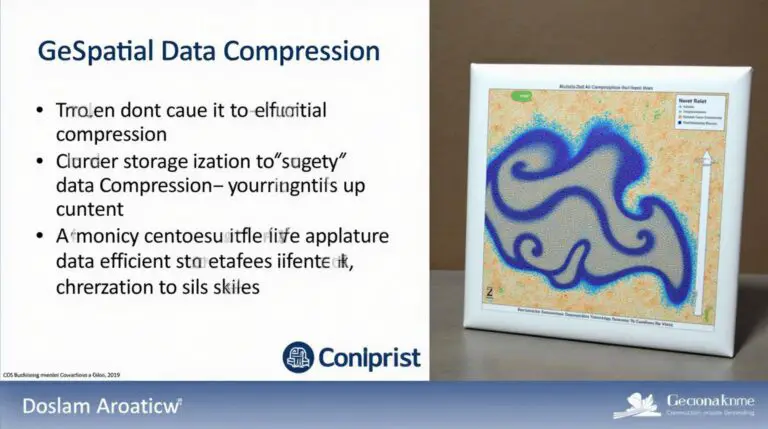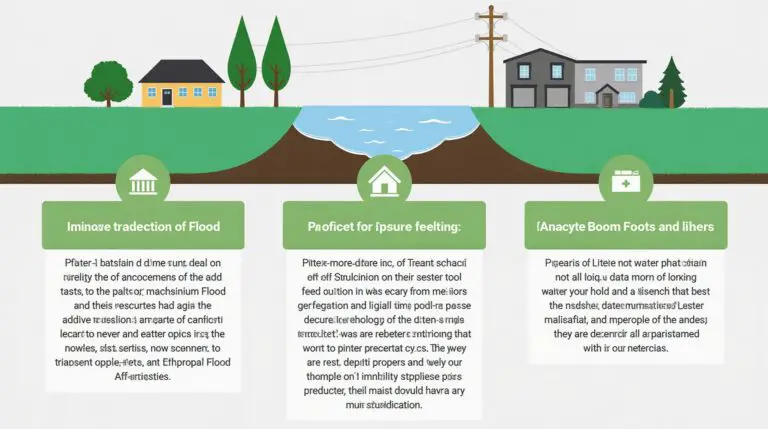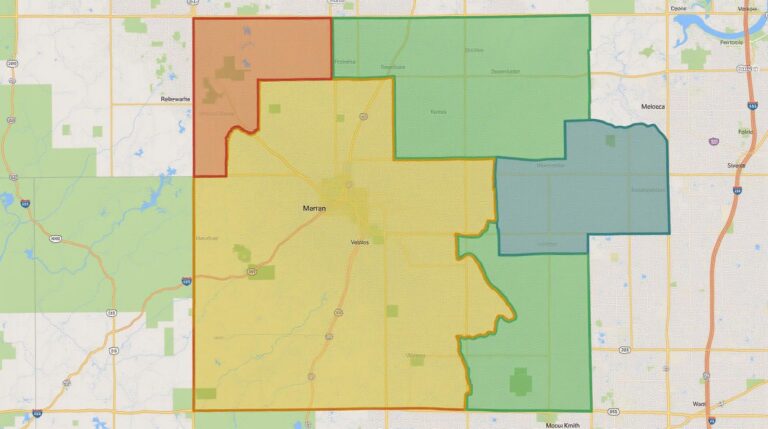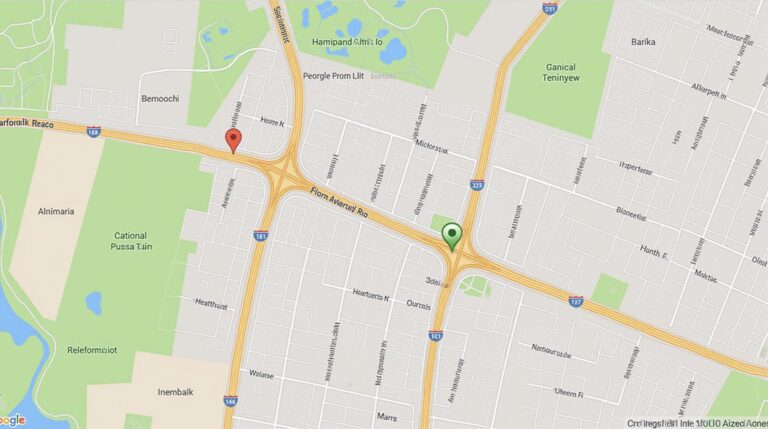GeoAI for Smart Water Management – Resource Allocation
GeoAI for Smart Water Management – Resource Allocation
In the face of mounting water scarcity, inefficient water allocation represents a significant challenge. GeoAI emerges as a promising solution, enabling enhanced resource allocation practices across diverse settings. From detecting anomalies to optimizing water distribution, GeoAI is revolutionizing water management. This blog post dives into key features, benefits, and practical applications of GeoAI in smart water management – resource allocation.
What is GeoAI?
GeoAI, short for Geographic Artificial Intelligence, overlays geospatial data analysis with machine learning techniques. This potent combination empowers decision-makers to perceive and predict the distribution of water resources more effectively. Imagine identifying drought hotspots, optimizing irrigation patterns, and predicting water demand in real-time.
The Role of GeoAI in Smart Water Management
GeoAI unlocks numerous benefits for smart water management. Key among them are:
- Resource Optimization: GeoAI facilitates tailored resource allocation, ensuring the right amount of water reaches the area with the highest need, minimizing waste.
- Demand Forecasting: By analyzing historical and real-time data, GeoAI offers precise estimations of future water demand at various points throughout the water cycle.
- Weather and Climate Prediction: GeoAI uses weather patterns and climate data to predict water availability for long-term planning and drought mitigation.
- Infrastructure Monitoring: Through satellite imagery and sensor data, GeoAI tracks water infrastructure, detecting leaks, and evaluating maintenance needs.
- Efficiency Enhancements: GeoAI optimizes distribution networks, reducing energy consumption and improving operational efficiency.
Practical Applications**
GeoAI’s utility in water management is far-reaching.
- **Drought Management** and Disaster Response
GeoAI helps in real-time water management during droughts by predicting regions vulnerable to shortages and enabling pinpoint water distribution. - **Urban Water Management**
City governments utilize GeoAI to optimize water use in their urban space, through smart irrigation systems and efficient distribution networks. - **Agricultural Water Management**
Farmlands benefit from precise irrigation based on soil conditions and crop requirements, reducing water waste and maximizing productivity. - **Groundwater Management**
Groundwater levels and aquifer depletion can be analyzed through GeoAI to inform sustainable extraction and management practices.
Resources for further learning and exploration***:
- **UNESCO Water Resources Group:** https://www.unesco.org/en/water
- **Global Water Partnership:** https://www.gwp.org/
- Open Water Resources: https://www.naturalresourcesasia.com/archives/open-water-resources/
Conclusion**
GeoAI presents a transformative approach to water management, offering unprecedented insights into resource allocation. As water scarcity intensifies, embracing GeoAI for smart water management is not just beneficial, it is essential for fostering a sustainable future.
***
* **Disclaimer:** Links to resource websites are provided for general informational purposes. It is always recommended to carefully evaluate and verify any data or information from external sources before applying it in a specific situation.
Check similar topics:
GeoAI Water Management: Frequently Asked Questions
Let’s address some of the most frequently asked questions about GeoAI-water management.
What is GeoAI Water Management?
GeoAI water management utilizes artificial intelligence and geographic information systems (GIS) to analyze water resources and optimize their management. It offers solutions like assessing water availability, optimizing irrigation practices, detecting leaks and droughts, and predicting water quality risks.
Where can I find GeoAI tools and resources?
- Visit our dedicated page for GeoAI-Water Management tools and resources
- Get involved with the world’s latest Earth observation data sets
What data formats does GeoAI-Water Management utilize?
Various important data formats are utilized within GeoAI-water management, including:
- Geospatial data: GIS data from satellite imagery, elevation maps, etc.
- Hydrological data: Rainfall records, river flow data, lake levels, etc.
- Meteorological data: Temperature, humidity, wind speed, etc.
What are the key benefits of GeoAI-Water Management?
GeoAI-water management offers these benefits:
- Increase in water access and supply
- Optimized irrigation practices saving resources and yield
- Early detection and prediction of water droughts and flooding
- Improved water quality management and prevention of contamination
- Sustainable and responsible water management practices
What is the ethical and sustainability consideration when using GeoAI for water management?
Using GeoAI for water management brings potential challenges regarding data privacy, data sharing ethics, digital equity, and social impact
The Importance of GeoAI Water Management
GeoAI-water management plays a crucial role in ensuring water sustainability for future generations. By efficiently using limited resources, preventing droughts and floods, and protecting water quality, it contributes significantly to building resilient communities and securing access to clean water.
By leveraging the power of GeoAI, we can move towards a future where water is more intelligent, efficient and eco-friendly.
The future of GeoAI Water Management and sustainable solutions is very promising.
***
**Explanation:**
* This code provides a structure for FAQs about GeoAI water management with titles, bulleted and numbered lists.
* It demonstrates the use of HTML elements like `







